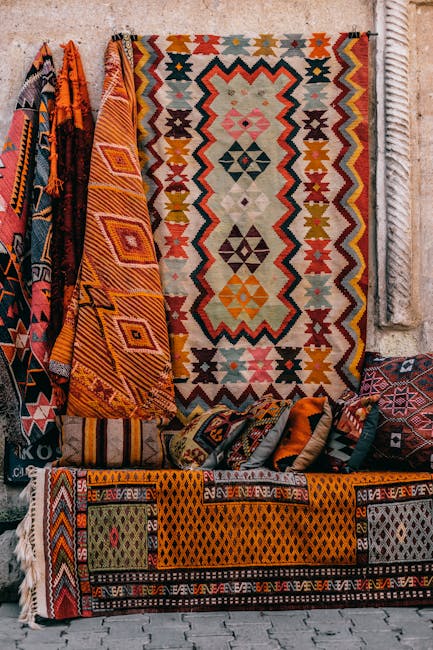How Tourism Affects Traditional Weaving
The Double-Edged Sword of Cultural Exposure
Tourism has become a powerful force in shaping the fate of traditional weaving practices around the world. On one hand, the influx of visitors provides weavers with new markets and opportunities to showcase their craft. The vibrant colors and intricate patterns of handwoven textiles often captivate tourists, creating demand for authentic souvenirs. This economic boost can breathe new life into fading traditions, encouraging younger generations to learn ancestral techniques that might otherwise disappear.
However, this exposure comes at a cost. As weaving shifts from a cultural practice to a commercial enterprise, the essence of the craft often changes. Traditional designs may be simplified or altered to appeal to tourist tastes, diluting their original meaning. The sacred patterns once reserved for ceremonial garments might appear on mass-produced scarves, stripped of their spiritual significance.
Changing Dynamics of Production
The relationship between tourism and traditional weaving also transforms how artisans work. In many communities, weaving was traditionally a seasonal activity, tied to agricultural cycles and community rituals. With tourist demand, production often becomes year-round, disrupting natural rhythms. Some weavers report feeling pressure to create faster, sometimes compromising on quality or using cheaper materials to meet orders.
Yet there are inspiring cases where tourism has enabled weaving cooperatives to flourish. In places like Peru’s Sacred Valley or Indonesia’s Bali, community-based tourism initiatives have helped preserve traditional methods while providing fair wages. Visitors don’t just purchase textiles—they learn about natural dye processes, watch demonstrations, and understand the cultural context behind each piece. This deeper engagement creates more meaningful exchanges between makers and buyers.
The Future of Woven Heritage
As we consider tourism’s impact on traditional weaving, the question becomes how to harness its benefits while mitigating harm. Responsible tourism initiatives that emphasize education over exploitation show promise. When travelers value the story behind the stitch, when they seek out authentic experiences rather than cheap souvenirs, they become partners in cultural preservation rather than agents of its erosion.
The loom’s rhythmic clatter continues in many villages worldwide, its sound now mingling with the chatter of curious visitors. Whether this interaction strengthens or weakens the fabric of tradition depends largely on how we choose to engage with these living art forms. In the delicate warp and weft of cultural exchange, mindful tourism might just help preserve the patterns of the past while weaving new possibilities for the future.

